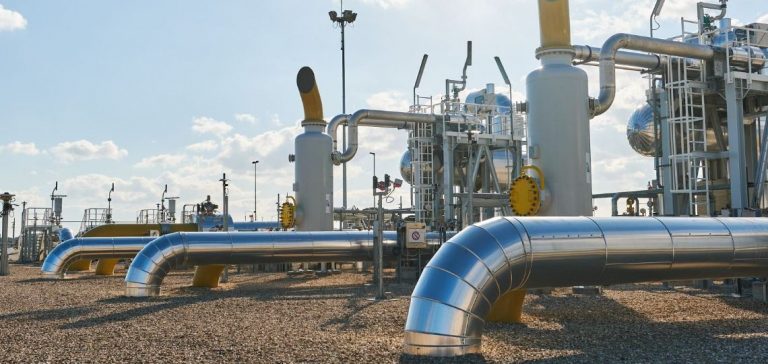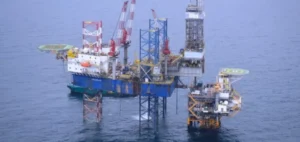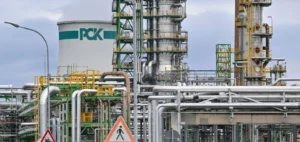Enbridge Inc. has announced the construction of new pipeline infrastructures to support the Kaskida development, an initiative by bp Exploration & Production Company, in the U.S. Gulf of Mexico. This strategic collaboration aims to enhance crude oil and natural gas transportation capacities in the region, thereby contributing to the continued growth of offshore operations.
The oil pipeline system, named Canyon Oil Pipeline System (“Canyon Oil”), will utilize 24 and 26-inch diameter pipes, with a capacity of 200,000 barrels per day. The pipeline will originate in the Keathley Canyon area and transport crude oil to the existing Green Canyon 19 platform, already operational and managed by Shell Pipeline Company LP, before its final delivery to the Louisiana market.
Gas Infrastructure and Strategic Connections
In parallel, the natural gas gathering system, named Canyon Gathering System (“Canyon Gas”), will consist of a 12-inch diameter pipeline, with a capacity of 125 million cubic feet per day. This pipeline will connect subsea to Enbridge’s existing Magnolia Gas Gathering Pipeline, which transports gas to Enbridge’s downstream FERC-regulated Garden Banks Gas Pipeline.
The concluded agreements are underpinned by long-term contracts aligned with Enbridge’s low-risk business model, offering utility-like returns. These agreements include options allowing bp to exercise the possibility of connecting future productions from its emerging Paleogene portfolio to the newly developed pipelines, thus opening future growth prospects.
Timeline and Financial Investments
Detailed design and procurement activities will commence at the beginning of 2025, with the pipelines expected to be operational by 2029. The estimated cost for the realization of these infrastructures is approximately US$700 million, highlighting Enbridge’s significant commitment to offshore energy development.
Statements from Executives
Cynthia Hansen, Executive Vice President and President of Gas Transmission and Midstream at Enbridge, stated: “We are extremely pleased to extend an existing relationship with bp and support their new deepwater development. This opportunity diversifies our Gulf of Mexico offshore business, strengthens our significant natural gas pipeline portfolio, and enhances our ability to meet the strategic needs of our customers.”
Hansen also added that the Canyon Oil and Canyon Gas pipelines represent an attractive opportunity for Enbridge to serve customers in the Gulf of Mexico and further expand their footprint on the U.S. Gulf Coast. The agreements generate stable and predictable cash flow while offering future growth opportunities.
Perspectives and Future Developments
The design and implementation of the Canyon Oil and Canyon Gas pipelines are designed to allow connections from nearby discoveries, which could facilitate the integration of new production sources. This flexibility ensures that the infrastructures remain adaptable to future energy market developments, thereby providing continuous added value to stakeholders.
By adopting a solid partnership model and investing in key infrastructures, Enbridge and bp demonstrate their commitment to the sustainable and efficient development of energy resources in the Gulf of Mexico. This project is part of a broader strategy aimed at optimizing the transportation and distribution of hydrocarbons while minimizing the risks associated with such large-scale ventures.






















